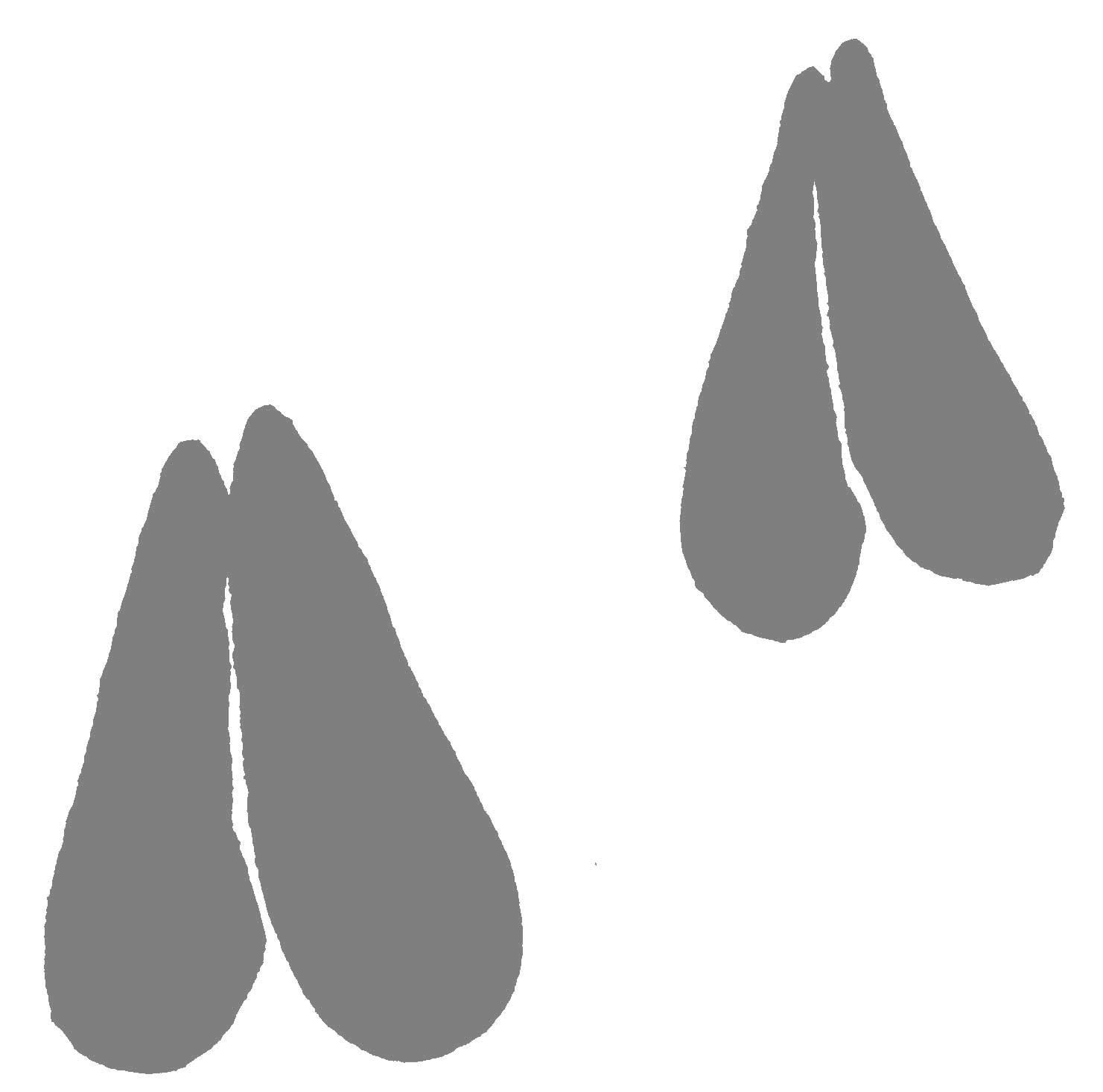
SPRINGBOK
Antidorcas marsupialis
T
his is perhaps Africa’s most famous gazelle. The springbok’s legendary “treks”, when hundreds of thousands of these graceful animals migrated over vast distances in former times, gave them an aura of mobile, freedom-loving wanderers. In remote parts of north-western Namibia and in the Namib Desert, periodic wanderings of herds of thousands of springbok occur to this day.
If hunted in a sporting way, the springbok is a most interesting game animal, arguably much more charismatic and difficult to hunt than Grant’s gazelle of the east African plains.
Springbok prefer dry open habitat with a firm footing. They occur mainly in southern and western Namibia, but can also be found in the open savannah country of eastern and northern Namibia. Due to the open nature of the country in which they occur, and because they are keen-sighted and alert animals, they are extremely difficult to approach. They often live in very rocky terrain, which makes hunting them a painful and delicate affair.
Long shots are common when hunting springbok and a calibre with a flat trajectory is preferable. This is perhaps the one animal in Namibia which is most often missed.
If alarmed, springbok take flight in a most characteristic way. They bound away in a strange, stiff-legged manner, thereby exposing a strange fold of snow-white hair on their backs. This habit is called “pronking” and is unique to the springbok.
The trophy quality of springbok in Namibia is outstanding and the world record was taken here. The venison too is of notable quality. After a good day’s hunting in the open veld and typically far horizons of springbok country, there is no finer dish than springbok, mostly prepared over the embers of a campfire.
SPRINGBOK
Antidorcas marsupialis
| Shoulder Height: | 80 cm |
| Mass: | Male: 33-50 kg | Female: 30-43 kg |
| Diet: | Grass |
| Rut: | April – June, 1 young |
| Life expectancy: | 12 years |
SPRINGBOK TRACKS

